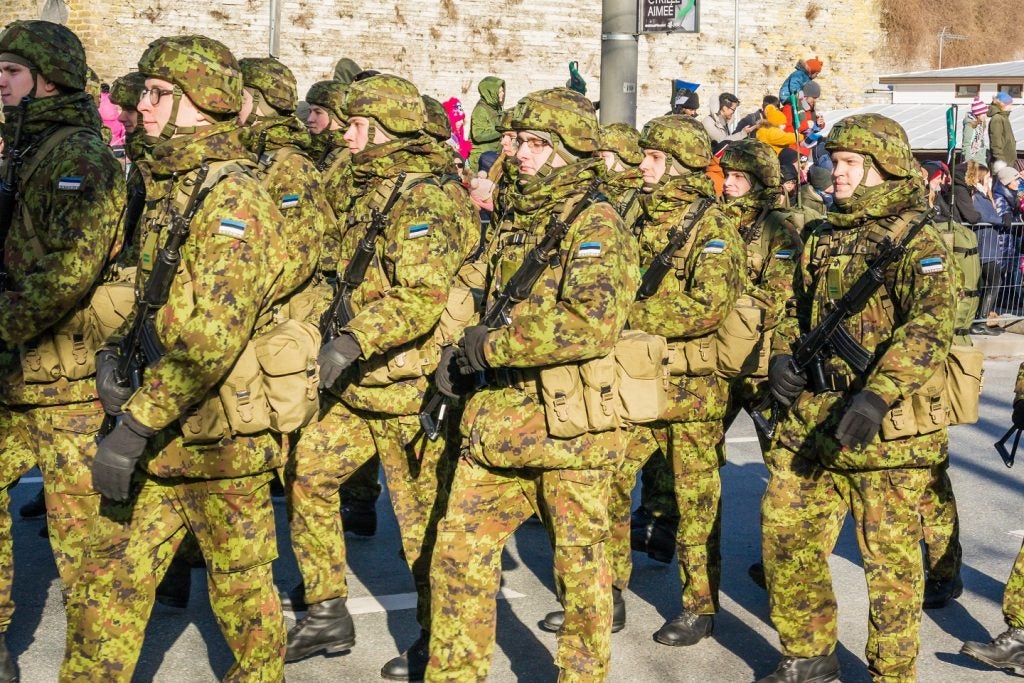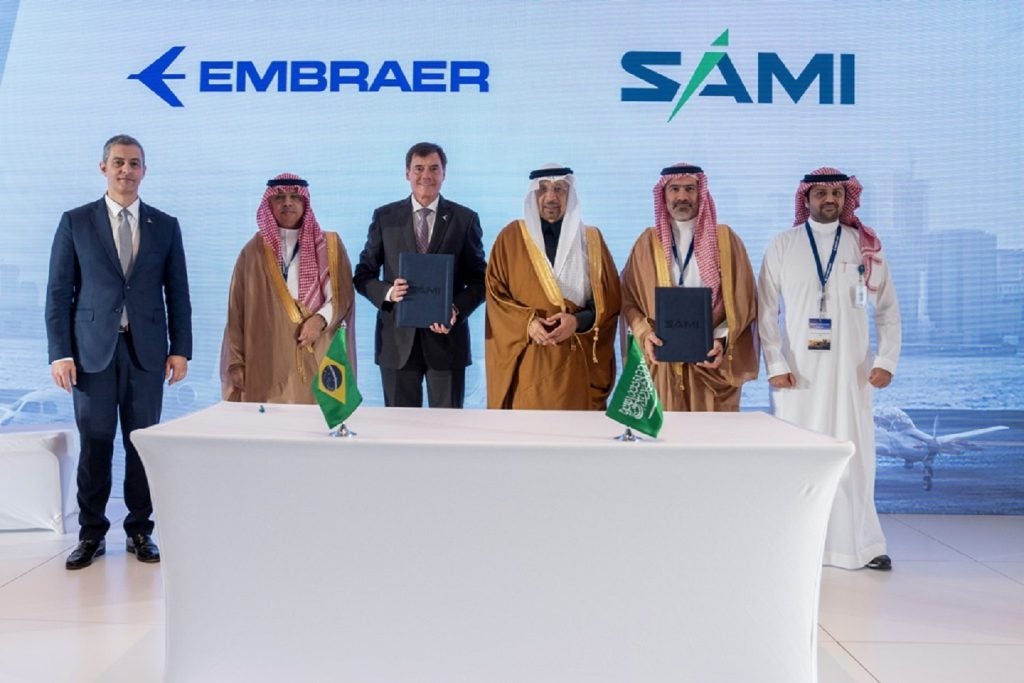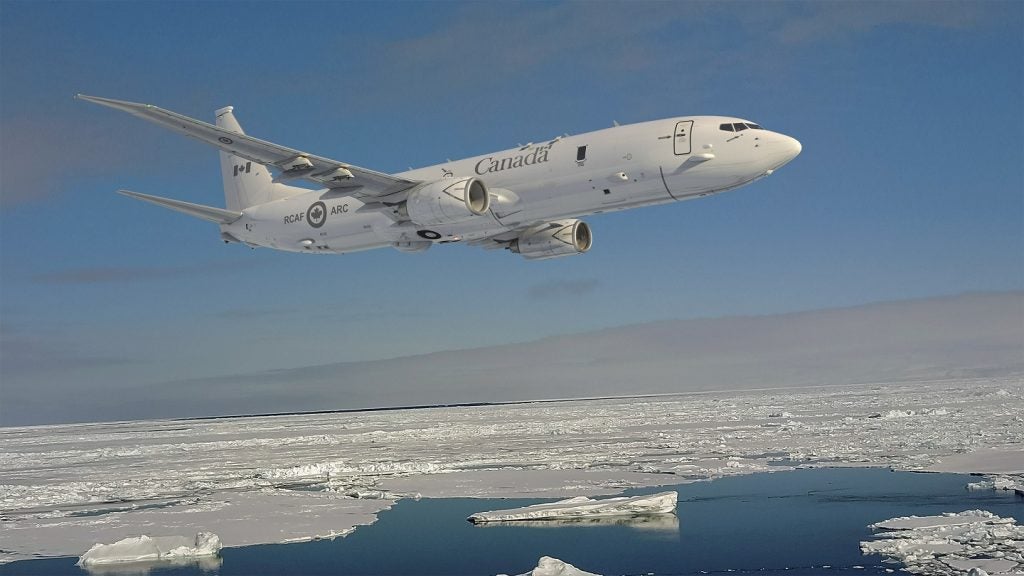Estonia's response to heightened regional threats has propelled the nation into a new era of defence, with a commitment that exceeds NATO guidelines, reaching an anticipated $1.3bn (€1.2bn) defence budget by 2028.
A detailed strategy, as outlined in GlobalData's "Estonia Defense Market 2023-2028" report, showcases a multifaceted approach bolstering the Army, Naval, and Air Force capabilities.
Estonia is set to elevate its defence budget to unprecedented heights, anticipating a surge from the current $1.1bn in 2023 to $1.3bn by 2028, as revealed by GlobalData's "Estonia Defense Market 2023-2028" report. This surpasses NATO's 2% GDP spending guideline, emphasising Estonia's commitment to fortifying its sovereignty amid escalating regional tensions, mainly from Russia.
In response to growing concerns, Estonia's parliament has passed bills that exceed NATO's spending expectations and commit to at least 3% GDP defence spending for 2023-2028. The nation is on track to surpass this goal, reaching closer to 4% of GDP spending. This financial commitment reflects a sustained dedication to security amidst geopolitical challenges.
The allocation of the defence budget underlines a strategic focus on modernisation, cyber resilience, coastal defence, and long-range weapons. Key acquisitions include the M142 High Mobility Artillery Rocket System (HIMARS), K9 Thunder procurement, and advancements in unmanned aerial vehicles. Estonia's defence doctrine, emphasising "total defence," signifies a national mobilisation strategy in response to foreign aggression.
Estonia's defence strategy intertwines with key geopolitical alliances. As a NATO member since 2004, the nation places importance on collaborative efforts within the coalition, particularly in the face of increased Russian aggression. A pivotal moment came with the Security of Supply Arrangement (SOSA) signed in October 2023, fostering bilateral defence industrial cooperation with the United States.
Furthermore, Estonia extends its defence stance beyond NATO, fostering alliances with the European Union (EU) and Pan-Baltic cooperation with Latvia and Lithuania. These efforts contribute to a multifaceted defence strategy, emphasising collective security in the face of shared regional threats.
Estonia's unveiling of a ten-year development plan complements this financial commitment, propelling the nation into a new era of defence with a specific focus on missiles, armoured vehicles, artillery systems, and military UAVs.
Despite challenges like an underdeveloped domestic defence industry and budget constraints, Estonia invests in key growth sectors, including missiles, military land vehicles, artillery systems, and unmanned aerial vehicles. Strategic collaborations with the European Defense Agency (EDA) and an openness to foreign direct investment position Estonia for a new military strength and resilience era.











